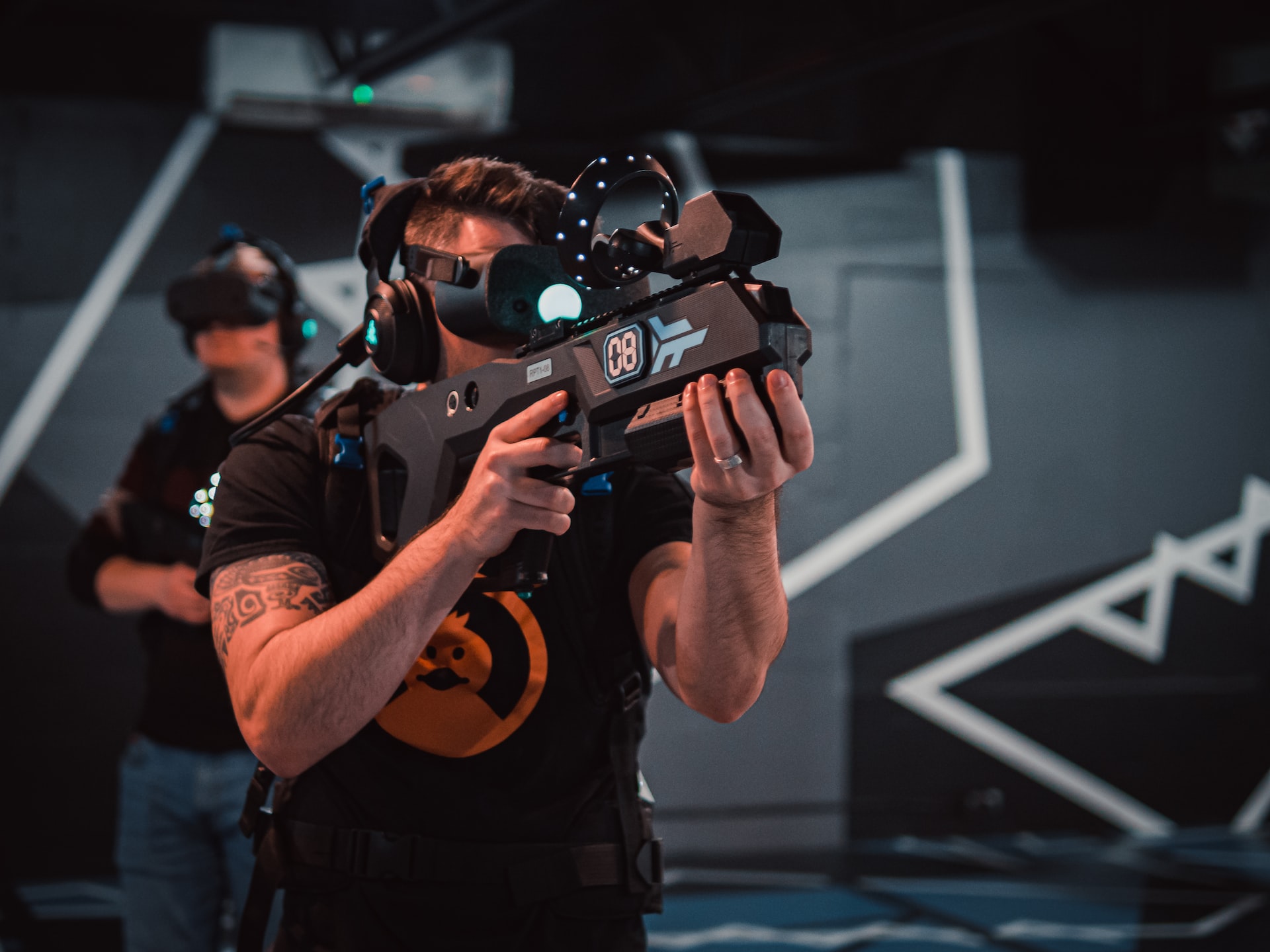The Future of Virtual Reality and Immersive Technologies

Virtual Reality (VR) and Immersive Technologies have come a long way since their inception. The potential applications of these technologies have grown manifold and have sparked interest in various industries.
The Evolution of Virtual Reality
Virtual Reality has been around for decades but it is only recently that the technology has become mainstream. The first VR headset, the Sword of Damocles, was developed in the 1960s but it wasn’t until the 1990s that VR began to gain traction. In the early 1990s, VR was mostly used for military and industrial applications but as the technology improved, VR started to find applications in other areas such as gaming, entertainment, and education.
The Advancements in Virtual Reality Hardware
One of the most significant advancements in VR has been in hardware. In recent years, VR headsets have become more sophisticated, lighter, and more comfortable to wear. The resolution of the displays has also improved dramatically, providing users with a more immersive experience.
Companies such as Oculus, HTC, and Sony have released VR headsets that have taken the market by storm. In addition to VR headsets, VR gloves, motion controllers, and VR room-scale systems have also been developed, allowing users to interact with virtual environments in a more natural way.
Virtual Reality in Gaming and Entertainment
One of the most popular applications of VR has been in the gaming industry. VR games allow players to immerse themselves in virtual environments, providing a more realistic and interactive gaming experience. VR has also found applications in the entertainment industry. Companies such as Disney, DreamWorks, and NBC Universal have invested in VR, exploring new ways to engage audiences.
Virtual Reality in Education and Training
Virtual Reality has also found applications in education and training. VR can be used to create virtual simulations that allow students to experience real-life scenarios in a controlled environment. This can be particularly useful in fields such as medicine, engineering, and military training. Companies such as Google, Microsoft, and Samsung are investing in VR for education, exploring new ways to make learning more engaging and interactive.
Virtual Reality in Healthcare
Virtual Reality has also found applications in the healthcare industry. VR can be used to provide exposure therapy for patients with phobias, anxiety, and PTSD. It can also be used to help patients manage pain during procedures and surgeries. Companies such as Johnson & Johnson and Palo Alto have invested in VR for healthcare, exploring new ways to improve patient outcomes.
The Future of Virtual Reality and Immersive Technologies
Virtual Reality and Immersive Technologies have come a long way but there is still much room for growth and improvement. Companies are investing heavily in VR and AR technologies, exploring new ways to make these technologies more accessible, affordable, and intuitive. As technology improves, VR and AR will find applications in new areas, transforming the way we live, work, and play.
Conclusion
Virtual Reality and Immersive Technologies have the potential to transform the way we live, work, and play. From gaming and entertainment to education and healthcare, these technologies are finding applications in a wide range of industries.
The future of VR and AR is promising, and as technology improves, we can expect these technologies to become more accessible, affordable, and intuitive. It is an exciting time to be in the VR and AR industry, and we can expect to see many game-changing innovations in the years to come.





